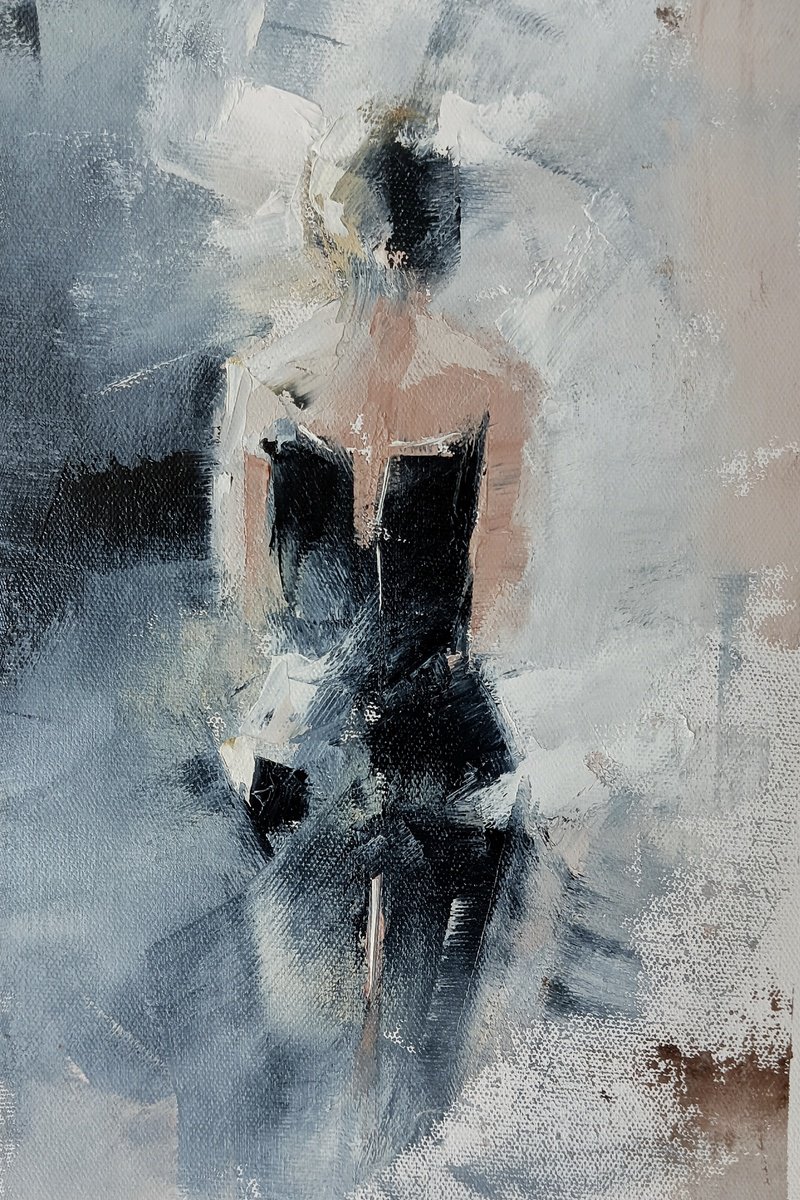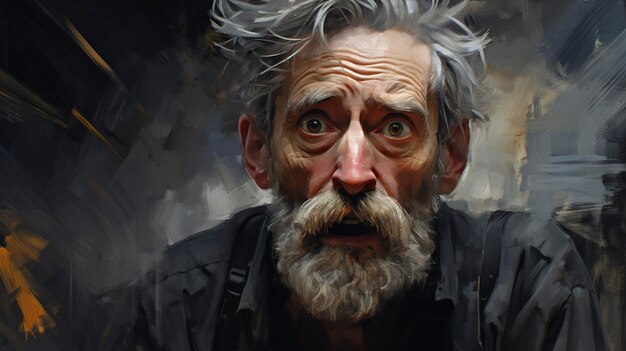Discovering the Depths of Emotion with Figurative Oil Painting Strategies
Discovering the Depths of Emotion with Figurative Oil Painting Strategies
Blog Article
The Evolution of Metaphorical Oil Paint: Comprehending Its Historical Significance and Modern Interpretations
The advancement of figurative oil paint serves as an engaging lens through which to take a look at the interplay in between artistic expression and historic context. Contemporary artists, drawing from this abundant heritage, are now reinterpreting the human number in ways that challenge typical narratives.
Beginnings of Metaphorical Oil Painting
The beginnings of metaphorical oil painting can be traced back to the very early Renaissance in Europe, particularly in the 15th century. The development of oil paint enabled for higher depth of shade and detail, enhancing the realistic look and vibrancy of their work.

In this transformative period, numbers were commonly shown within contextually rich atmospheres, showcasing not just their physical characteristics yet also their emotional states. Pioneers such as Jan van Eyck and Titian took advantage of the medium's versatility, using layering techniques to accomplish luminance and appearance. This development promoted the portrayal of detailed fabrics and the subtleties of complexion, adding to the growth of portraiture and narrative scenes.
Moreover, the Renaissance emphasis on humanism promoted a gratitude for individuality, which subsequently affected musicians to develop even more dynamic and relatable numbers - figurative oil painting. Therefore, figurative oil paint arised as an effective vehicle for storytelling and emotional engagement, laying the groundwork for future imaginative activities and designs
Secret Historic Motions
Substantial historical motions have formed the advancement of metaphorical oil paint, each contributing unique philosophies and techniques that increased the tool's opportunities. The Renaissance noted a zero hour, highlighting realistic look and the human type, with artists like Leonardo da Vinci and Michelangelo pushing the limits of anatomical accuracy and perspective. Following this, the Baroque period brought dramatic contrasts of light and darkness, exhibited by Caravaggio, who instilled spiritual motifs with extreme emotionality.
The 19th century introduced Romanticism and Realistic look, where artists such as Delacroix and Courbet challenged classic perfects, concentrating on private expression and daily life. The arrival of Impressionism better reinvented the tool by stressing the effects of light and color, bring about a departure from traditional depiction.
In the early 20th century, activities like Expressionism and Cubism redefined figurative painting through abstraction and the expedition of emotional depth. Each of these movements not just reflected the social changes of their times yet also laid the groundwork for contemporary analyses. The interplay in between these historic movements has actually produced an abundant tapestry of styles and ideologies, influencing modern-day musicians in their pursuit of recording the human experience on canvas.
Techniques and Materials Development

Throughout the Baroque duration, techniques such as chiaroscuro and sfumato emerged, improving the psychological vibration of figurative structures. Artists their explanation started to experiment with lusters and impasto, manipulating appearance and luminance. By the 19th century, advancements like the use of pre-mixed paints in tubes reinvented ease of access, allowing artists to repaint en plein air and record the short lived impacts of light.
The 20th century witnessed the intro of synthetic pigments and mediums, which expanded the palette and changed the uniformity of oil paints. In addition, the exploration of new application strategies, such as scheme blades and brushes of differing rigidity, additional diversified creative expression. Collectively, these innovations mirror the progressing relationship in between products, methods, and the creative vision integral in figurative oil painting.

Contemporary Interpretations
Contemporary analyses of metaphorical oil painting show a vibrant discussion between practice and innovation, where artists test developed norms and explore diverse styles. This evolution materializes in numerous ways, as contemporary musicians blend classic methods with contemporary ideas, frequently dealing with social, political, and personal narratives.
Many professionals draw inspiration from historic jobs, yet they instill their items with modern viewpoints, utilizing the human form as a vehicle for commentary on society, sex, and identification. Artists progressively trying out abstraction, distortion, and multimedias, which permits a broader analysis of the figure and its context.
In addition, making use of dazzling shade palettes and unique structures frequently serves to interfere with typical checking out experiences, prompting vital engagement from target markets. This change in focus prolongs past aesthetic appeals; it Recommended Site reflects an expanding awareness of the complexities of human experience in an interconnected globe.
As metaphorical oil paint continues to progress, it continues to be a crucial tool for checking out the subtleties of contemporary life, symbolizing both a regard for heritage and a commitment to dynamic idea. The result is an abundant tapestry of expression that reverberates with the intricacies of the modern human condition.
Influence On Modern Art
The impact of figurative oil paint on modern art is profound, as it has actually constantly influenced a myriad of artistic movements and practices throughout the 20th and 21st centuries. From Expressionism to Surrealism and beyond, the exploration of the human number has continued to be a central motif, permitting musicians to share intricate feelings and stories. This focus on figurative representation has actually brought about a re-examination of traditional techniques, leading to cutting-edge methods that mix realistic look with abstraction.
Furthermore, contemporary musicians have actually welcomed metaphorical oil paint as a way to resolve social and political concerns, utilizing the medium to test assumptions of identity, society, and gender. The revival of interest in figurative job in recent years reflects a hoping for link in an increasingly digital world, where human experience and feeling are paramount.
In addition, the discussion in between figurative oil painting and modern-day art appears in the works of artists such as Kehinde Wiley and Jenny Saville, that make use of historical referrals while instilling their items with contemporary significance. Inevitably, figurative oil paint proceeds to shape and redefine modern-day artistic expression, highlighting its long-lasting value in the art world.
Verdict
The evolution of figurative oil paint underscores its historic relevance and adaptability throughout numerous creative activities. Eventually, figurative oil painting stays an important medium for discovering the human experience, reverberating greatly in today's electronic landscape.
The advancement of figurative oil paint offers as a compelling lens with which to check out the interplay in between artistic expression and historic context.Significant historical movements have actually formed the development of figurative oil paint, each contributing special approaches and techniques that increased the tool's opportunities.As historic motions shaped the trajectory of metaphorical oil paint, the materials and methods used by musicians have additionally undergone significant improvements. figurative oil painting.The effect of figurative oil painting on modern art is extensive, as it has my sources actually continuously inspired a myriad of creative activities and techniques throughout the 21st and 20th centuries.The development of metaphorical oil painting emphasizes its historical significance and adaptability across numerous imaginative motions
Report this page